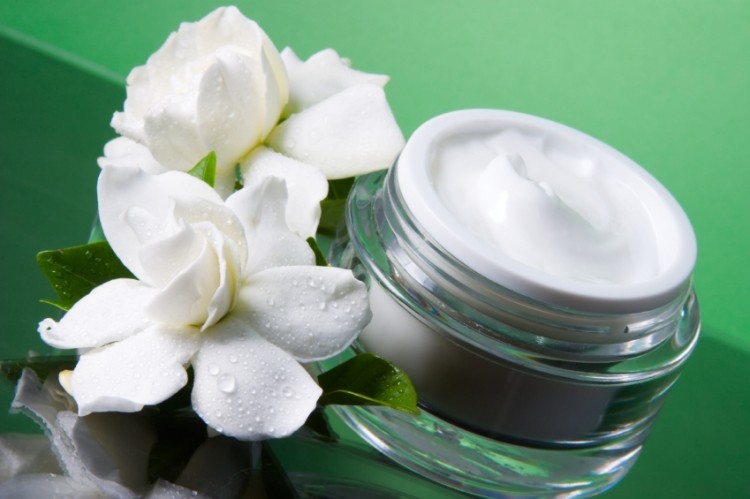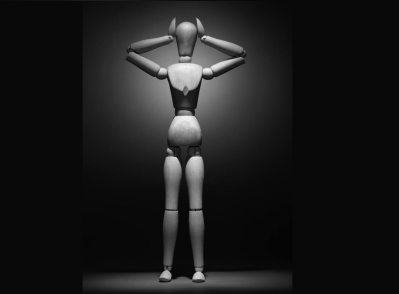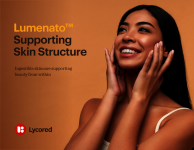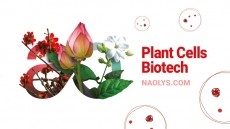More Vietnamese brands dissapear due to competition from foreign giants

According to a watchdog on the Asia-Pacific region; VietNamNet Bridge, whilst foreign brands like Hazeline, Pond and Nivea are flooding the market, Thorako, a domestic brand popular for its creams since the 60s, now merely holds 20 percent of the domestic market.
“It is very difficult to find a Thorakao product in big cities, the problem is that while foreign brands spend big money on ad campaigns, this brand still ‘stands rooted to the spot’ with the same business strategy like in 1970,” it reported.
The publication goes on to note that up until twenty years ago, brands like Colgate were unfamiliar to the majority of Vietnamese consumers, who were then opting for domestic toothpaste brands like P/S and Da Lan.
Experts reckoned that at one time Da Lan held 95 percent of the domestic market, and were exporting to Cambodia, Laos and China.
Then in 1995, cosmetic giant Unilever negotiated with P/S for a franchisee contract to the tune of five million dollars, which became a 100 percent foreign owned enterprise.
"After the deal went through, P/S started to lose its foothold in the domestic market as its quality, design, and price was no longer suitable to local demand. Eventually, Unilever took over the company and P/S became a wholly foreign-owned company."
State of the market
According to Vietnam’s Chemical Cosmetic Association; during the period of 2009-2011, average revenue from the cosmetics sector in the country reached US$130-150 million, of which more than 90 percent is said to have come from foreign companies, due to widespread distribution channels.
"Vietnamese cosmetic manufacturers have strived to upgrade technology; however, most of them are small and medium companies so they were not able to catch up with technology of larger groups," says the Association's Nguyen Kim Thoa.
Meanwhile, it is regional newspaper, ‘Sai Gon Giai Phong’ that reckons in that same timeframe (2009-2011) there were up to 430 Vietnamese companies and units that produced and traded cosmetics, but merely accounted for 10 percent of the market share.
There is potential for domestic brands..
However, Le Thi Chau Giang, former president of the ASEAN Cosmetic Scientific Body disagreed telling Saigon Giai Phong that Vietnamese cosmetic brands have many advantages over international brands.
Those highlighted were the fact that the domestic brand owners understand the market and the consumers’ needs, and more specifically the growth potential from the younger and increasingly affluent population.






![Latest developments from the South Korean beauty market. [Getty Images]](/var/wrbm_gb_food_pharma/storage/images/_aliases/wrbm_tiny/publications/cosmetics/cosmeticsdesign-asia.com/headlines/brand-innovation/korea-focus-able-c-c-kolmar-and-more-in-this-k-beauty-round-up/17357973-1-eng-GB/Korea-focus-Able-C-C-Kolmar-and-more-in-this-K-beauty-round-up.jpg)

![Able C&C has furthered its partnership with Japanese discount chain Daiso with new makeup launch. [A'pieu]](/var/wrbm_gb_food_pharma/storage/images/_aliases/wrbm_tiny/publications/cosmetics/cosmeticsdesign-asia.com/headlines/brand-innovation/a-pieu-and-daiso-launch-exclusive-2-makeup-line/17339117-1-eng-GB/A-pieu-and-Daiso-launch-exclusive-2-makeup-line.jpg)
![Down Under Enterprises is setting sights on the Asian market as environmental sustainability and traceability become increasingly important. [Getty Images]](/var/wrbm_gb_food_pharma/storage/images/_aliases/wrbm_tiny/publications/cosmetics/cosmeticsdesign-asia.com/headlines/market-trends/down-under-enterprises-shifts-focus-to-china-as-environmental-sustainability-traceability-come-into-the-spotlight/17304932-1-eng-GB/Down-Under-Enterprises-shifts-focus-to-China-as-environmental-sustainability-traceability-come-into-the-spotlight.jpg)
![News updates from Shiseido, Dr.Ci:Labo, Sephora, and more. [Shiseido]](/var/wrbm_gb_food_pharma/storage/images/_aliases/wrbm_tiny/publications/cosmetics/cosmeticsdesign-asia.com/headlines/brand-innovation/updates-from-shiseido-dr.ci-labo-sephora-and-more/17334944-1-eng-GB/Updates-from-Shiseido-Dr.Ci-Labo-Sephora-and-more.jpg)

![Clariant has underscored the importance of localisation strategies and distribution capabilities in China with beauty trends evolving at a rapid pace. [Getty Images]](/var/wrbm_gb_food_pharma/storage/images/_aliases/wrbm_tiny/publications/cosmetics/cosmeticsdesign-asia.com/article/2024/04/16/clariant-emphasises-importance-of-localisation-in-the-era-of-viral-trends/17327969-1-eng-GB/Clariant-emphasises-importance-of-localisation-in-the-era-of-viral-trends.jpg)



